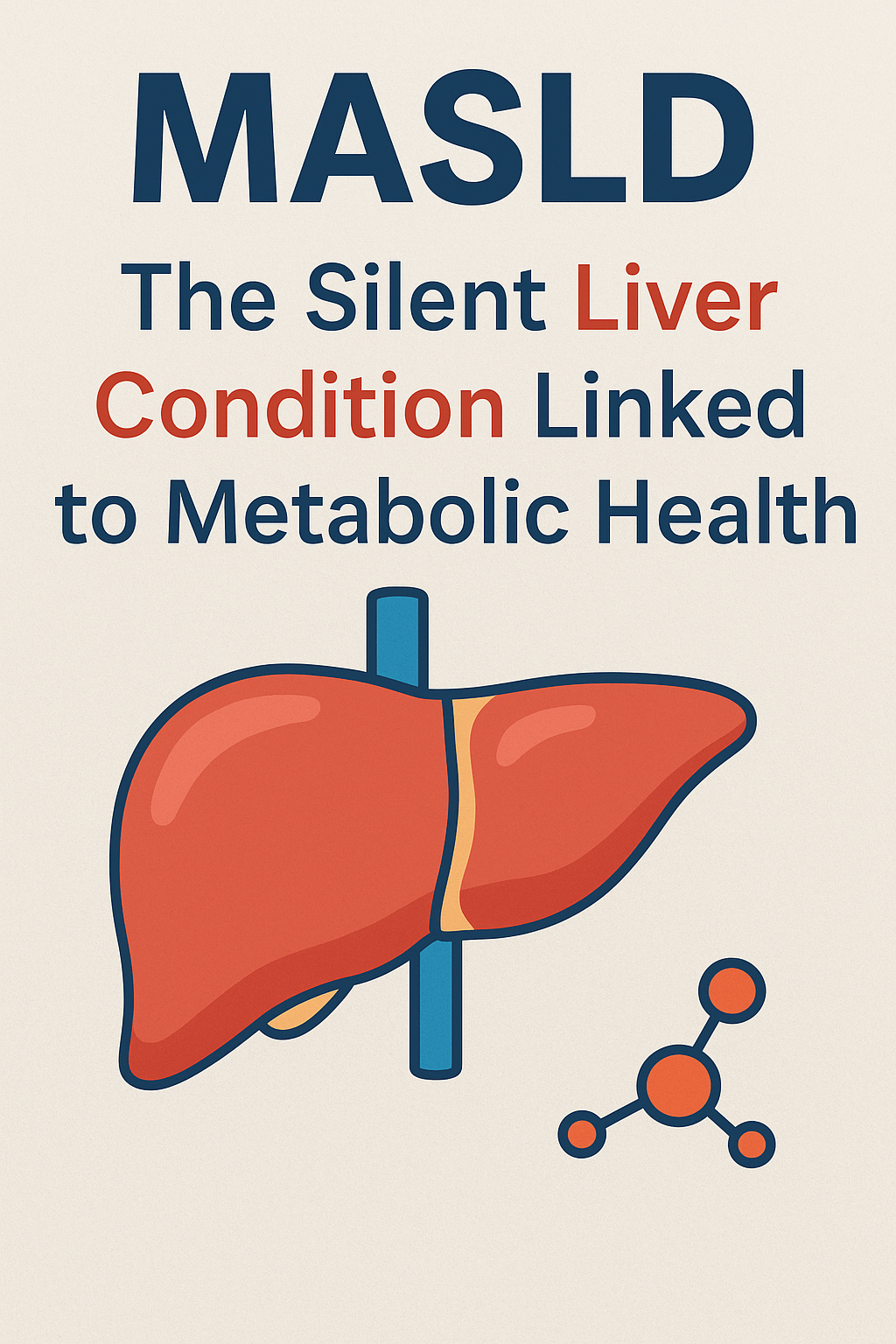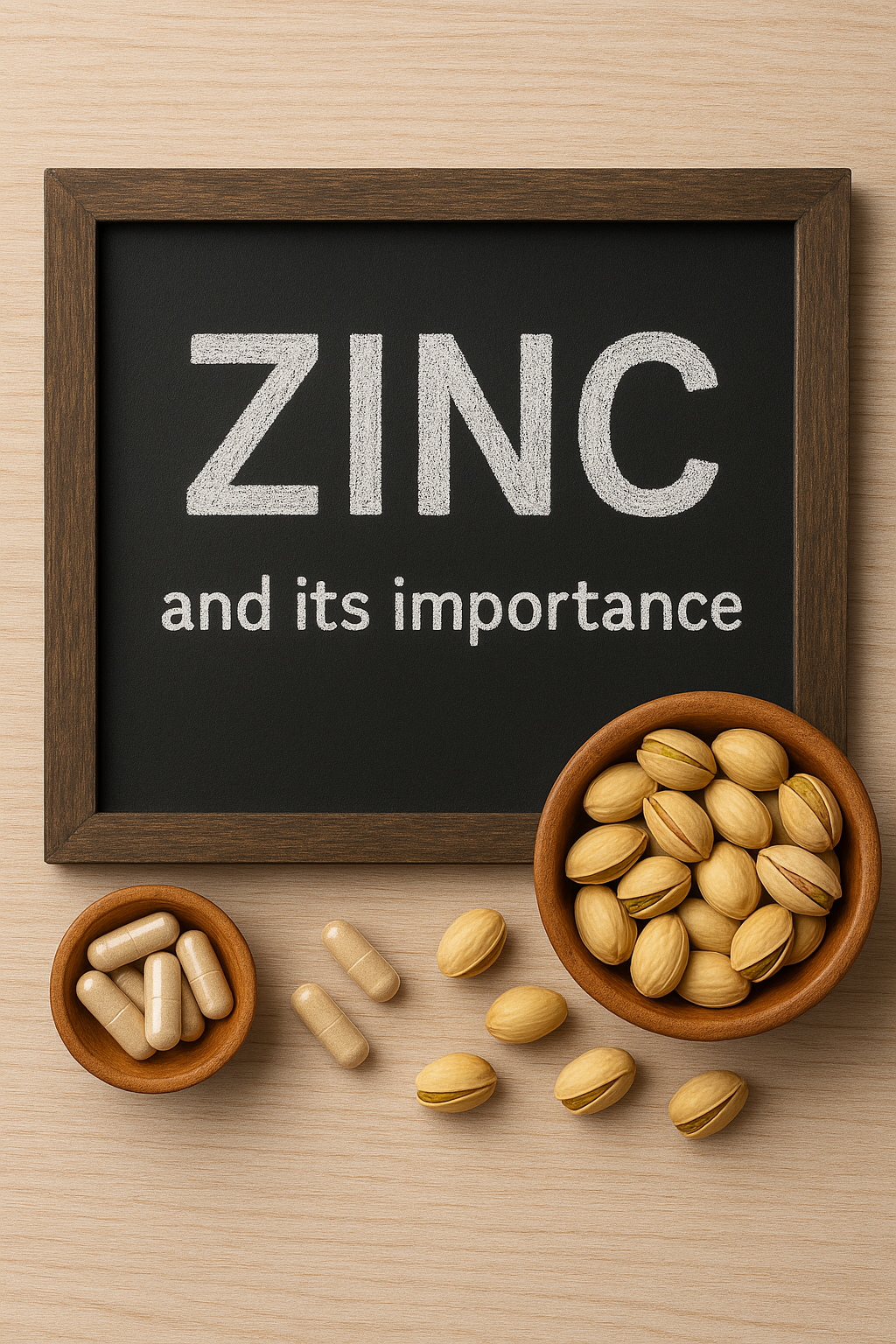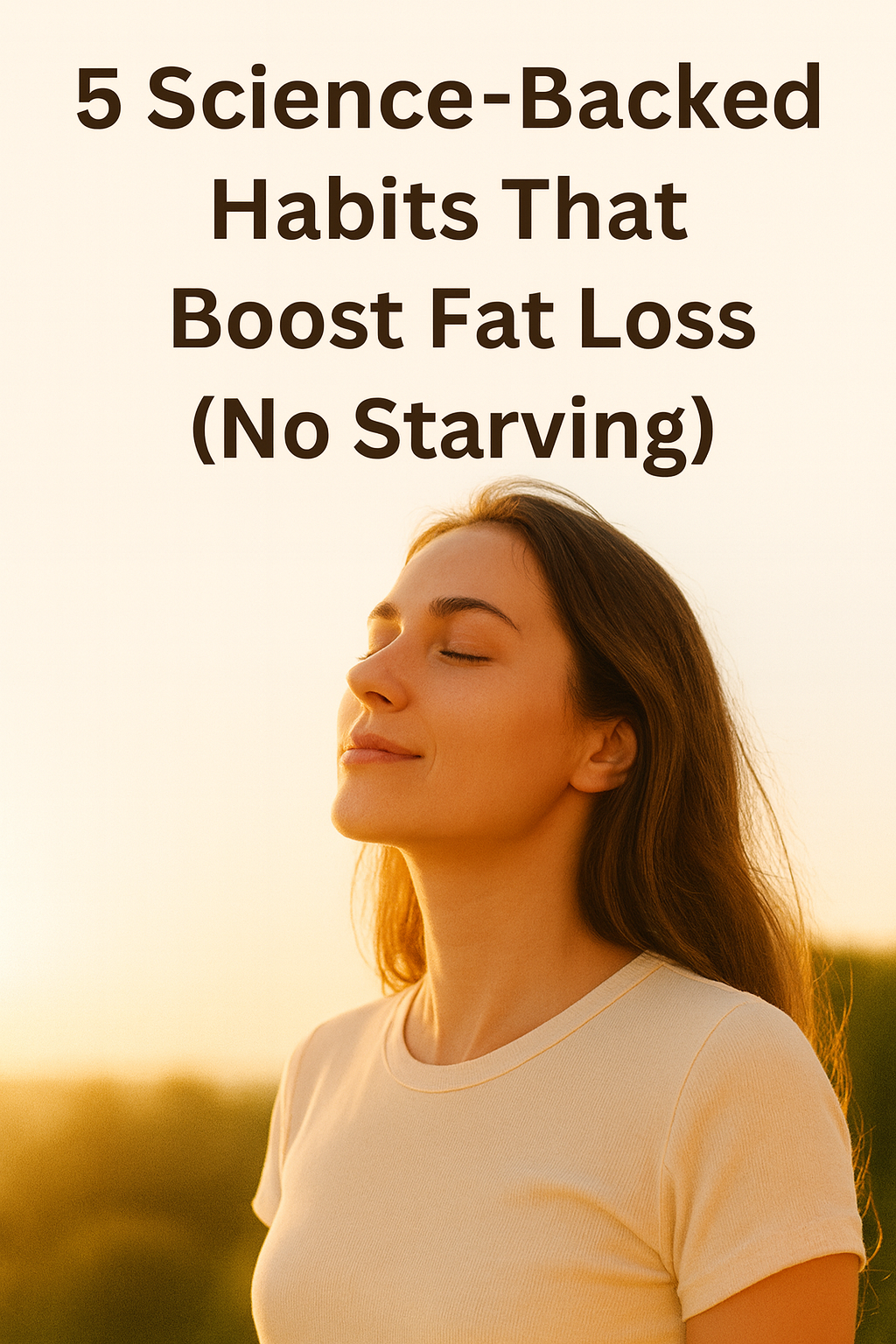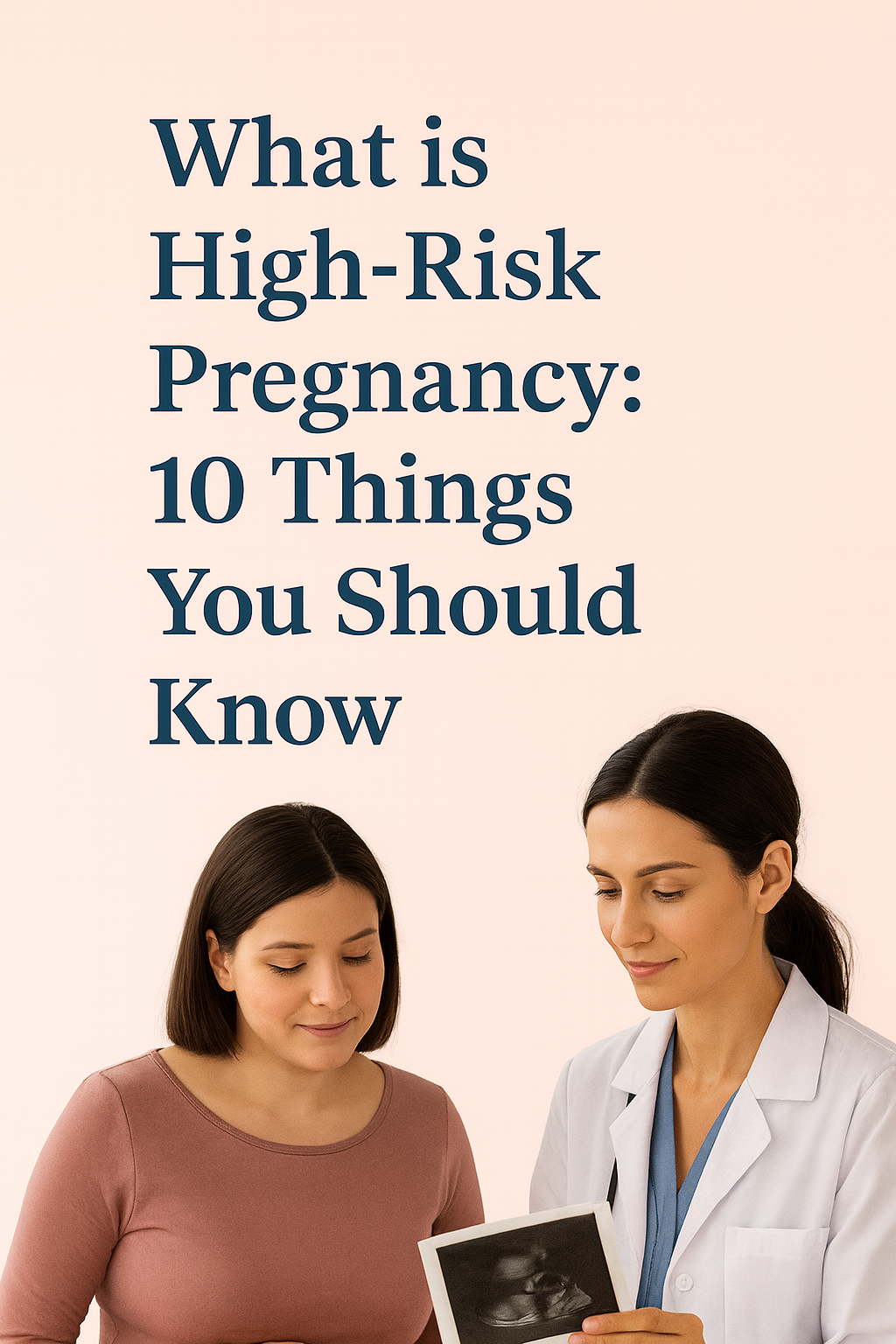🌿 What is Ashwagandha?
Ashwagandha (Withania somnifera) is a revered adaptogenic herb in Ayurveda, traditionally used to boost vitality, reduce stress, and support reproductive and endocrine health. Its name means “smell of the horse,” symbolizing the strength it’s believed to impart. It is a multipurpose herb that acts on various systems of the human body: the neurological system, the immune system, the energy-production system, the endocrine system and the reproductive system.
As women transition through perimenopause, they often face fluctuating hormones, mood swings, fatigue, sleep disturbances, and weight gain. Ashwagandha has shown promise in easing these symptoms by modulating cortisol, improving thyroid health, and supporting overall hormonal harmony.
💊 Why Ashwagandha is a Perfect Adaptogen?
Ashwagandha is classified as an adaptogen, a special group of herbs that help the body adapt to physical, emotional, and environmental stressors. Adaptogens work by modulating the stress response system, especially the hypothalamic-pituitary-adrenal (HPA) axis, which governs the release of cortisol and other hormones. What makes Ashwagandha stand out among adaptogens is its dual action—it can calm the nervous system during anxiety while boosting energy and resilience when the body feels fatigued. This makes it particularly effective for perimenopausal women, who often swing between exhaustion, sleep issues, and heightened stress. Its ability to restore balance without overstimulation is what makes Ashwagandha a cornerstone adaptogen in both Ayurvedic and modern functional medicine.
🔄 How Hormones Shift in Perimenopause
Perimenopause usually begins in a woman’s 40s and can last 4–10 years before menopause. The ovaries gradually produce less estrogen and progesterone, while cortisol (stress hormone) and insulin resistance often rise. This hormonal imbalance can lead to:
-
Irregular periods
-
Hot flashes
-
Anxiety or low mood
-
Insomnia
-
Fatigue
-
Brain fog
-
Weight gain, especially around the abdomen
🌱 Ashwagandha’s Role in Hormonal Balance
1. Reduces Cortisol, the Stress Hormone
High cortisol can worsen perimenopausal symptoms, especially insomnia, mood changes, and weight gain.
Research has suggested that Ashwagandha root extract significantly reduced cortisol levels and improved perceived stress in adults after 60 days of supplementation.
2. Supports Thyroid Function
Low thyroid function is common during perimenopause. Ashwagandha has shown potential to increase T3 and T4 levels in people with subclinical hypothyroidism.
Ashwagandha was found to improve thyroid markers and reduce fatigue, a major perimenopausal complaint.
3. Enhances Sleep Quality
Insomnia is a frequent complaint during hormonal transitions. A randomized trial in adults showed that Ashwagandha supplementation improved both sleep onset and quality, making it a natural alternative to sedatives.
4. Balances Estrogen & Progesterone
Although more studies are needed in this area, Ashwagandha’s adaptogenic properties may help stabilize the HPA (hypothalamic–pituitary–adrenal) axis, indirectly contributing to estrogen-progesterone balance. This may reduce PMS-like symptoms, mood changes, and irregular cycles.
5. Improves Libido & Energy
Many perimenopausal women report declining libido and fatigue. Ashwagandha has been shown to improve sexual function and vitality in women, according to a placebo-controlled study.
🔬 Clinical Summary: Benefits of Ashwagandha in Perimenopause
| Benefit | Clinical Support |
|---|---|
| Reduces cortisol | Chandrasekhar et al., 2012 |
| Supports thyroid health | Sharma et al., 2018 |
| Enhances sleep | Langade et al., 2019 |
| Boosts sexual wellness | Dongre et al., 2015 |
| Reduces anxiety & fatigue | Several trials support mood and energy improvements |
💊 How to Use Ashwagandha
-
Form: Capsules, powder, tincture, or tea
-
Dosage: Typically 300–600 mg/day of root extract (standardized to 5% withanolides)
-
When to take: Best taken with meals, ideally morning and night for hormonal support
-
Brands: Look for clinically tested products like KSM-66 or Sensoril
⚠️ Caution: Consult your healthcare provider before starting Ashwagandha, especially if you have hyperthyroidism, are on sedatives, or are pregnant.
🧘 Holistic Tips for Perimenopausal Hormone Balance
Combine Ashwagandha with:
-
Regular exercise (especially strength training)
-
Balanced whole-food diet (rich in omega-3s, fiber, and phytoestrogens)
-
Mindfulness practices like yoga, meditation, or pranayama
-
Adequate sleep and hydration
✨ Final Thoughts
Ashwagandha is a powerful natural ally for women navigating the hormonal storm of perimenopause. From lowering cortisol to improving thyroid and sleep, it addresses multiple root causes of discomfort. While not a miracle herb, when combined with a holistic lifestyle, it can significantly improve quality of life during this transformative phase.
🔗 References:
-
Chandrasekhar K, Kapoor J, Anishetty S. A prospective, randomized double-blind, placebo-controlled study of safety and efficacy of a high-concentration full-spectrum extract of ashwagandha root in reducing stress and anxiety in adults. Indian J Psychol Med. 2012 Jul;34(3):255-62.. PubMed
- Sharma AK, Basu I, Singh S. Efficacy and Safety of Ashwagandha Root Extract in Subclinical Hypothyroid Patients: A Double-Blind, Randomized Placebo-Controlled Trial. J Altern Complement Med. 2018 Mar;24(3):243-248. PubMed
-
Lopresti AL, Smith SJ, Malvi H, Kodgule R. An investigation into the stress-relieving and pharmacological actions of an ashwagandha (Withania somnifera) extract: A randomized, double-blind, placebo-controlled study. Medicine (Baltimore). 2019 Sep;98(37):e17186. PubMed
-
Dongre S, Langade D, Bhattacharyya S. PubMed

Akanksha Sharma
Dr. Akanksha Sharma, Head Writer and creator of AtoZ of Pregnancy, is dedicated to empowering women, parents, and families through 360-degree knowledge. She and her team provide evidence-based advice to guide families through pregnancy, parenting and beyond.






